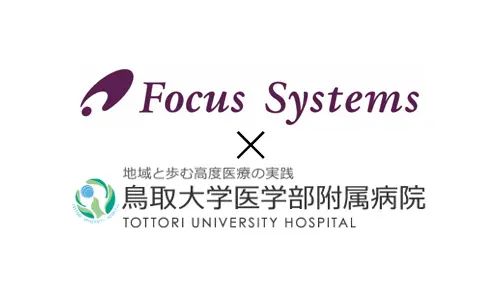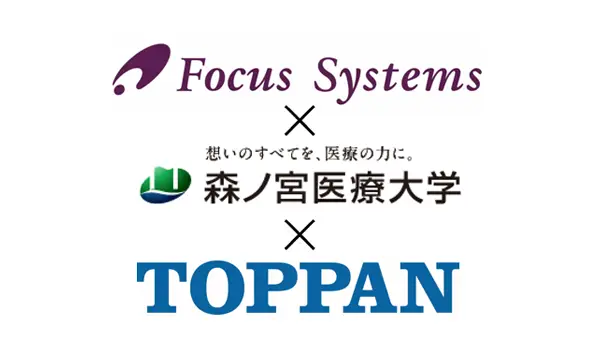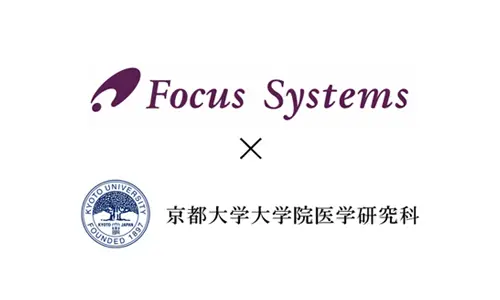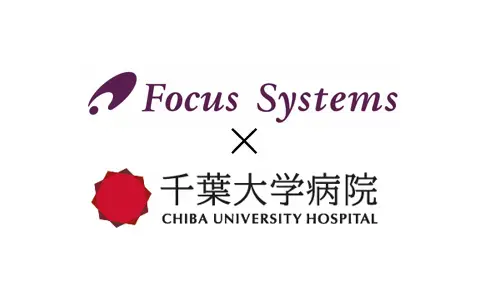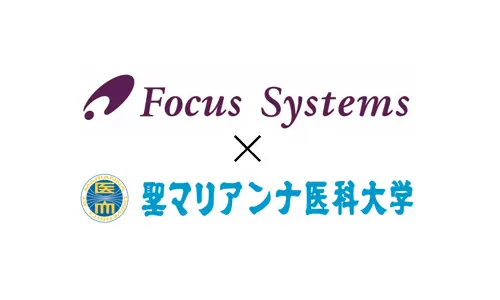Gaze measurement in CT examination


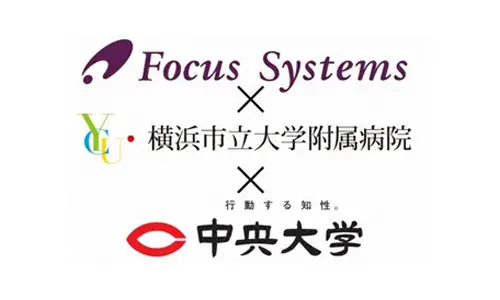
table of contents
Introduction:More efficient image interpretation with eye-gaze measurement technology
In collaboration with the Department of Radiology, Yokohama City University Hospital (Assistant Professor Yoshiyuki Ishiwata, hereinafter referred to as ``Yokohama City University'') and Chuo University's Faculty of International Management (Professor Jun Nakamura, hereinafter referred to as ``Chuo University''), we have developed an efficient contingency system for CT* 1 examinations. In order to clarify the method for detecting target findings* 2 , we have begun research using gaze measurement* 3 technology.
In this study, we will investigate an efficient image interpretation*⁴ strategy to detect incidental findings using gaze measurement technology.
(*¹)Computed Tomography: A device that uses a computer to reconstruct sliced images of the human body.
(*²) When testing for one disease, findings related to another disease are discovered by chance.
(*³) Research method that uses infrared sensors to read pupil movements and “visualize line of sight”
(*⁴) Making a diagnosis by reading findings from images obtained from tests such as X-rays, CT, MRI, and ultrasound.
background: Importance of incidental findings in CT examination
In the medical industry, CT examinations play a decisive role in clinical diagnosis* 5 , and they often report clinically important findings that are not intended for the purpose of the examination.
Compared to other countries in the world, Japan has the highest number of CT machines installed, and the number of tests performed is around 30 million per year, which is thought to be among the highest in the world.It is also estimated that the number of incidental findings is also among the highest in the world.
Reporting this incidental finding to the clinician is of great value in CT interpretation as it can improve the patient's QOL*⁶.
(*⁵) When a doctor comes up with an estimated disease name based on the patient's symptoms and medical history, his own senses (auscultation, visual inspection, palpation, etc.), and information obtained using simple tools such as a blood pressure monitor and stethoscope.
(*⁶) Quality of Life: Meaning of “quality of life” or “quality of life”
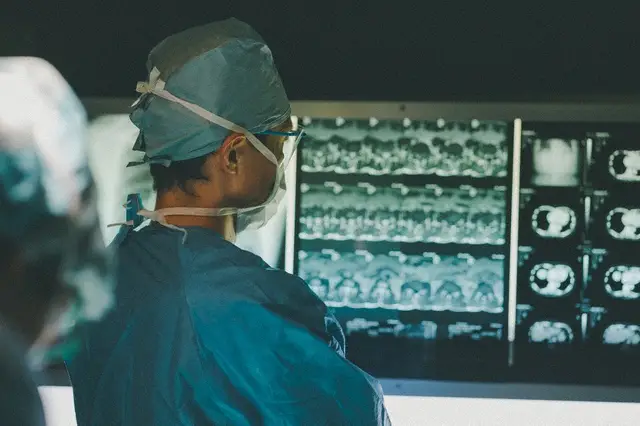
Content:Differences in the detection rate of incidental findings depending on the observation pattern of each organ in CT examination
Divide into two groups based on differences in incidental finding detection rate and years of experience, and analyze and visualize differences in interpretation time, gaze measurement parameters, and observation patterns for each organ.
Regarding research on image interpretation using eye-gaze measurement technology in the medical industry, there are many reports on 2D images, but the current situation is that 3D images are more difficult and less researched.
In this research, we are trying to cover the area of 3D images.
As for the division of roles among the three, Yokohama City University will carry out gaze measurement for CT image diagnosis, Chuo University will provide advice, data visualization, and analysis for gaze measurement experiments, and development of analytical applications based on gaze measurement data. Our company creates each
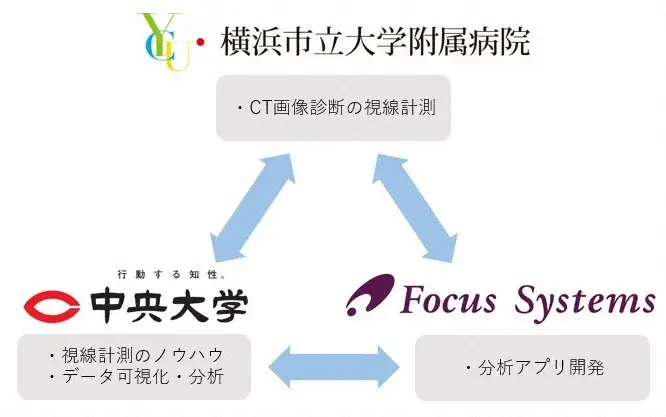
Expectations:Early treatment of diseases, improvement of patient's QOL, and image interpretation strategies improve educational level.
By proceeding with this research, we can expect to discover more incidental findings.
For patients, this will likely lead to early treatment of the disease and improved quality of life.
In the future, we are considering developing a VR tool that utilizes the data from this research, and by using it in the training of medical students and young doctors, we will improve the level of education and improve the skills of experienced doctors in a shorter period of time. It is also expected that you will be able to master it in time.
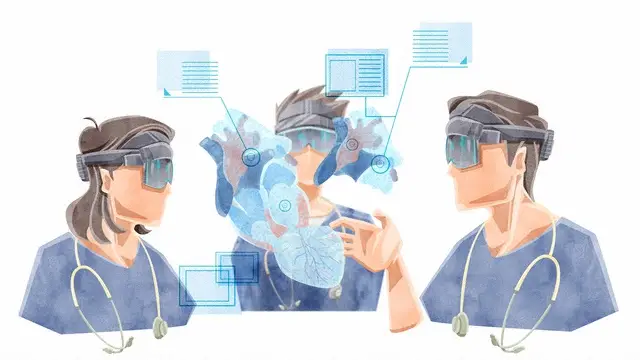
*The names of our products and services posted on this page are trademarks or registered trademarks of our company. Other company names, product names, service names, etc. are trade names, trademarks, or registered trademarks of each company.
Achievements left behind
48 years since its establishment.
We have a proven track record because we have focused on what is important.
It has a long track record in both the public and private sectors.
Number of projects per year
500 PJ
Annual number of business partners/customers
200 companies
Maximum number of trading years
47 years
Total number of qualified persons
1,870 people

